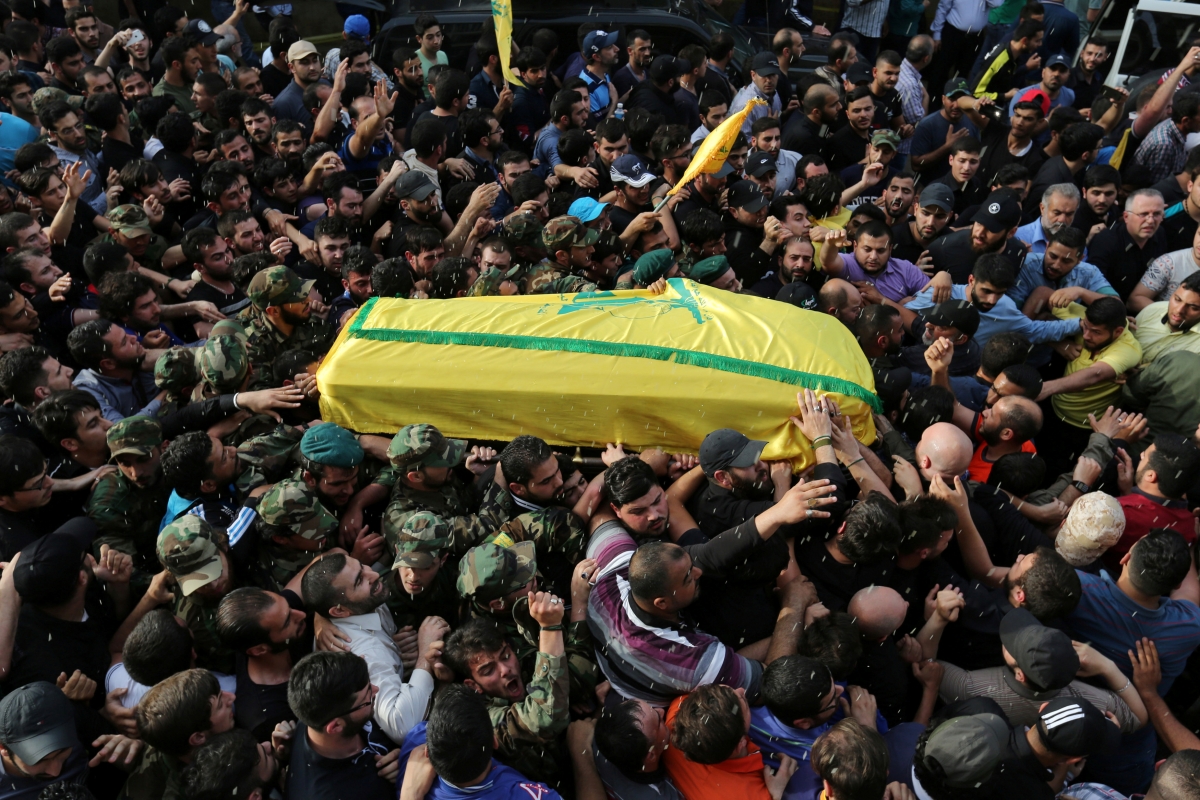Unaccompanied minors swelling ranks of American gangs, say experts
FNC: surge of unaccompanied children coming across the southern border could be swelling the ranks of one of America’s most dangerous gangs, either as fresh recruits or hardened sleepers, according to federal authorities.
Some 227,149 unaccompanied children have been apprehended at the border over the last six years, according to the U.S. Border Patrol. They remain in federal custody until a sponsor can be located, at which time they are often sent to communities where they are ripe for recruitment by Latin gangs such as the infamous MS-13.
“Our safety standards have increased,” Andrea Helling, spokeswoman for the U.S. Department of Health and Human Services, told FoxNews.com. “In the last few months screening procedures of children and sponsors has increased in their intensity which we hadn’t done previously.”
Federal law requires the Department of Homeland Security transfer children under 18 to the custody of Helling’s agency until they are released to an appropriate sponsor, usually a relative, while their immigration cases are adjudicated. Some observers say that, at the least, the process sends a steady stream of loosely supervised youths lacking in language and coping skills right into the waiting arms of criminal gangs. At worst, the unaccompanied minors were already initiated into the gangs before they arrived at the border.
MS-13 is believed to be among the largest street gangs on New York’s Long Island, and more than 250 members have been convicted on federal felony charges since 2003. Federal prosecutors there have pinned more than 20 murders on the violent gang.
Meanwhile, over the last year, Long Island has received 2,093 unaccompanied children, and between October 2013 and July 2016, all of New York received 12,478 children from Central America. The overwhelming majority of the kids are not criminals and likely have competent sponsors. But some are.
In June 2015, MS-13 members and El Salvadoran immigrants Jose Cornejo, 17, Bryan Larios, 18 and Joel Escobar, 17, all of Brentwood, N.Y. were charged with the brutal rape of a 16 year-old girl on a local golf course.
Earlier this week, Joshua Guzman, 15, was shot and killed in the Long Island city of Hempstead. While not an unaccompanied immigrant, the boy’s father, Raul Guzman, told Newsday his son was under pressure to join a gang. Police believe his murder may be related.
“We’re looking at the possibility,” said Lt. Richard LeBrun, spokesman, Nassau County Police Department, that Guzman’s murder could be gang related.
MS-13 has a foothold in numerous other communities, where unaccompanied minors are being sent. Texas, which has seen a spike in MS-13 crime has received 15,999 over the same period. The 2015 Texas Department of Public Safety Gang Threat Assessment found MS-13 boasts some 800 members, and authorities explicitly blamed the flood of unaccompanied children being placed in the state.
“The influx of illegal alien gang members crossing the border into Texas in 2014, along with reports of extremely violent murders committed by its members in the Houston area, positions the gang as one of the most significant gang threats in the state for this upcoming year,” the report stated.
Other areas that have seen an influx in MS-13 crime are Maryland, Texas, and Virginia. Fairfax County, Va. has seen a 160 percent increase in MS-13 related incidents through April compared to the previous year.
Helling said HHS is looking more closely at the sponsors who step forward to take custody of the minors.
“Our responsibility is providing a safe place for these children,” she said.
She said that high-risk children who may have been identified as gang members by DHS would likely be placed in either a staff secure or secure-juvenile detention facility. But even if they are not gang members when they come into the U.S., the risk remains that they could fall prey to recruitment efforts.
****
The other part of the story, the dark side of America:
Human Trafficking—Exploitation of Illegal Aliens
ISSUE BRIEF | AUGUST 2016
FairUS.org: The large and persistent influx of illegal aliens contributes to an environment of vulnerability and abuse. Wherever the law fails to hold people accountable, crime will flourish. The federal government’s failure to effectively address the illegal alien dilemma creates and perpetuates an environment in which exploitation runs rampant.
It is estimated that 17,000 to 19,0001 foreign nationals are trafficked into the United States each year. Trafficking is the recruitment and possible transport of persons within or across boundaries by force, fraud, or deception for the purpose of exploiting them economically. Victims are lured with false promises of good jobs and better lives, and then forced to work under brutal and inhuman conditions. Victims of trafficking are exploited for purposes of commercial sex, including prostitution, stripping, pornography live-sex shows and other acts. However, trafficking also takes place as labor exploitation, including domestic servitude, sweatshop factories, agricultural work and more. After drug dealing, human trafficking is tied with the illegal arms industry as the second largest criminal industry in the world today, and it is the fastest growing.
While anyone can become a victim of trafficking, illegal aliens are highly vulnerable to being trafficked due to a combination of factors, including lack of legal status and protections, limited language skills and employment options, poverty and immigration-related debts, and social isolation. They are often victimized by traffickers from a similar ethnic or national background, on whom they may be dependent for employment or support in the foreign country.
The information below, taken from news and government sources, demonstrates the prevalence of human trafficking in the United States and the precarious nature many illegal aliens face. American immigrants seek opportunities far better than these nightmares, but often fall victim to a flawed immigration enforcement system. Human trafficking violates the promise that every person in the United States is guaranteed basic human rights. A critical strategy in ending human trafficking is better enforcement of our immigration laws and improved federal-local cooperation in law enforcement.
Examples of Human Trafficking in the United States
- June 2016 — Aroldo Castillo- Serrano was sentenced to more than 15 years in prison for his part in smuggling Guatemalan workers, including minors, and making them work 12 hour days. They were forced to live in cramped conditions and were made to pay off a significant debt incurred by Castillo-Serrano. Ana Angelica Pedro Juan was also sentenced to 10 years in prison for her part in the operation.
- January 2015 — Rafael Alberto Cardena-Sosa was sentenced to serve 15 years in prison for participating in a family run sex trafficking organization. His family member, Carmen Cadena, pleaded guilty and faces a maximum sentence of five years in prison. The two family members are responsible for luring young women and girls from Mexico and illegally smuggling them into the United States. They then imposed a smuggling debt and forced them into prostitution with physical force and death threats.
- January 2015—Three brothers, Jorge, Ricardo and Leonel Estrada-Tepal pled guilty to sex trafficking charges. The Mexican nationals illegally transported females from Mexico to the United States and forced them to work as prostitutes in various cities. They face sentences ranging from a minimum of ten years behind bars to a maximum of life in prison.
- September 2014—Charles Marquez was sentenced to life in federal prison for recruiting women in Mexico by placing an advertisement in Ciudad Juarez offering jobs in the United States. Once recruited, he harbored them in motels and forced them into prostitution. He worked with Martha Jimenez Sanchez who faces up to ten years in prison after pleading guilty. Sanchez was released on bond and is awaiting sentencing.
- May 2013 — German Rolando Vicente-Sapon, an illegal alien, was sentenced to more than 15 years in federal prison for illegally smuggling and trafficking a 14 year old Guatemalan girl to Chattanooga, TN for $2,000 and coercing her into having sex. He will be deported after completing his prison sentence.
- March 2013 — Susan Lee Gross was sentenced to 30 months in prison for her role in using a massage parlor as a front for a prostitution house. She transported women to work as prostitutes at her parlor and laundered the proceeds. Gross made them travel to various places around the United States. The women were originally from Korea and some were unlawfully present in the United States. Most lacked language and employment skills.
- March 2013 — Moonseop Kim, who was illegally in the country, pleaded guilty to illegally transporting women from South Korea into Mississippi for financial gain with a sex trafficking organization. He posted an internet ad offering Korean female escort services. He is facing a maximum penalty of 10 years in federal prison as well as a deportation following the completion of his prison term.
- July 2012 — Omelyan Botsvynyuk and Stepan Botsvynyuk were convicted of recruiting workers from Ukraine and forcing them to work through physical violence and threats of sexual assault. The victims never received compensation, but were rather instructed to work until their debts, ranging from $10,000 to $50,000, were paid off. They told victims that their families would be kidnapped and forced into prostitution if anyone attempted to escape. The two brothers were found guilty and received sentences of life plus 20 years in prison and 20 years.
- October 2011 — Edk Kenit and Choimina Lukas pleaded guilty to document servitude and labor trafficking. The Micronesian couple recruited the victim from their home country to become their domestic servant. When she arrived, the couple took her passport in order to compel the victim to work for them. The couple prevented the victim from having friends, going out of the house or participating in social gatherings.
- January 2011 — Lucinda Lyons Shackleford was indicted on charges of forced labor and document servitude (The withholding of an individual’s legal documents). He promised to take care of the victim after placement from the U.S. Department of Health and Human Services’ Family Reunification Program, but instead forced him to engage in various types of labor. Shackleford failed to provide him with adequate food or any form of payment for his labor.
Endnotes
- Shandra Woworuntu, “My life as a sex-trafficking victim,” BBC News, March, 2016, ; Trafficking in Persons Report, 2007, U.S. Department of State.




